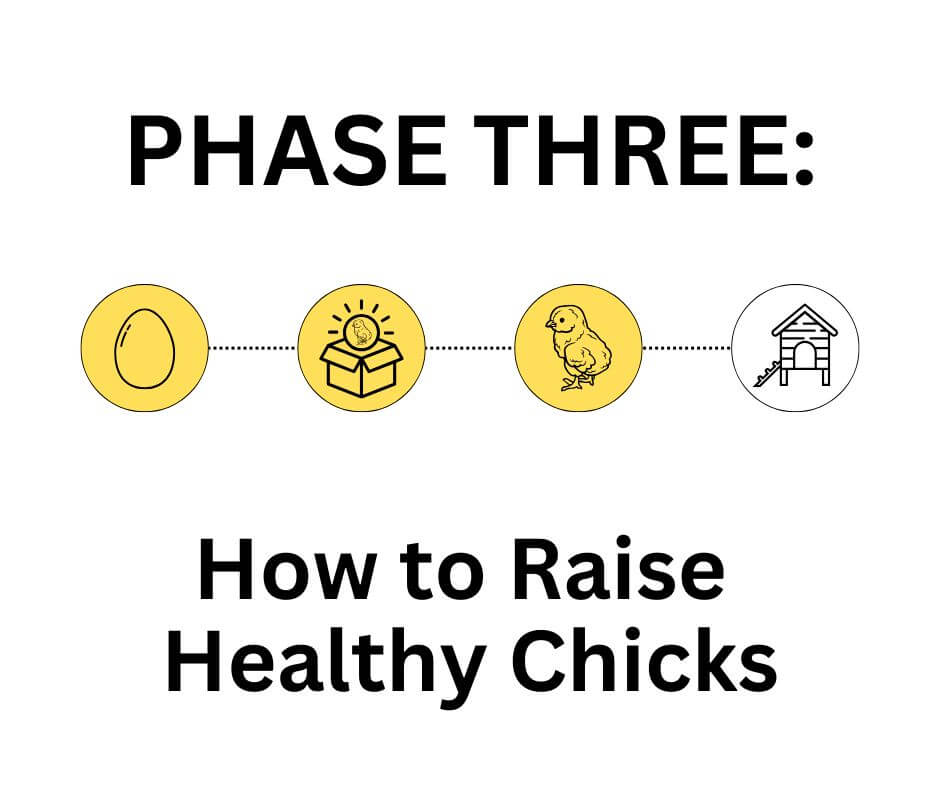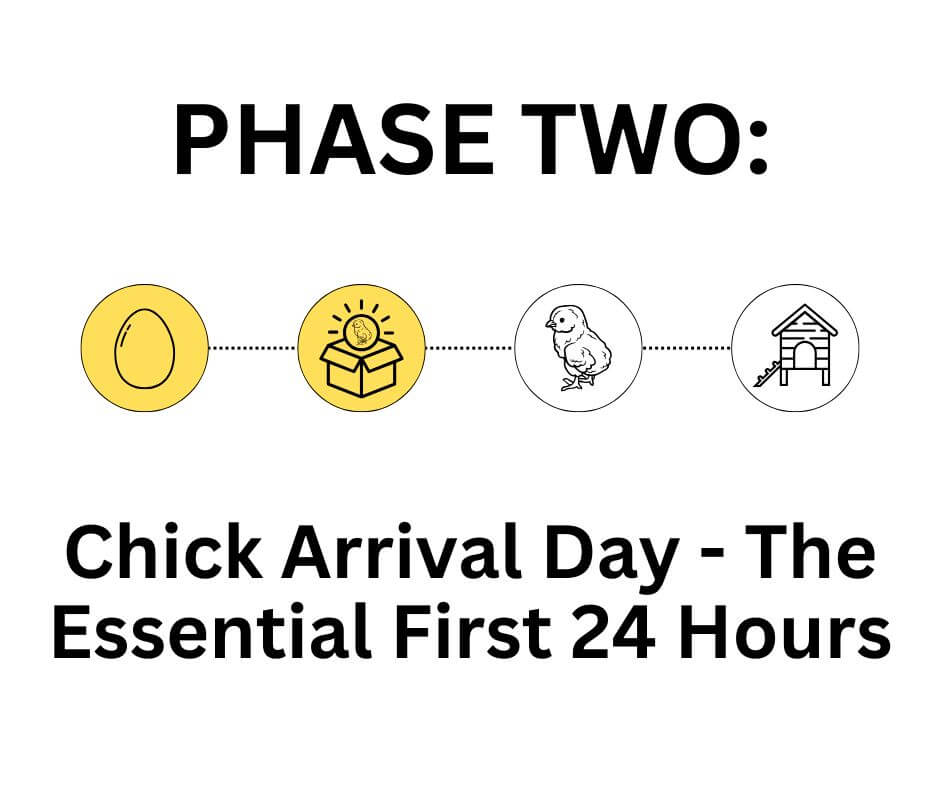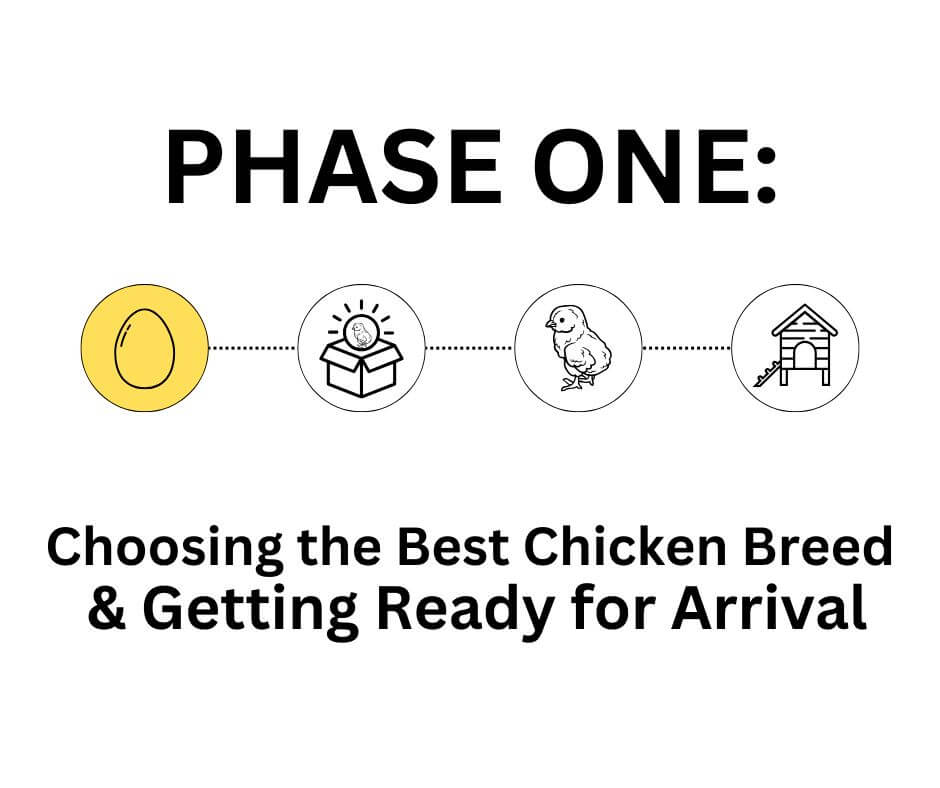Table of Contents
Moving Chicks to the Coop: Timing & Smooth Transition Phase Four: Goodbye Brooder , Hello Coop!
Phase Four: Goodbye Brooder , Hello Coop!
As your chicks mature to be fully-feathered chickens, it’s time to transition them from the brooder to a permanent home in the coop. This may be as simple as showing them where their new home, or require a little more time an effort in order to and integrate them into a structured flock. This is an exciting milestone in their development, but it requires careful planning to ensure a smooth, stress-free transition. Moving chicks to the coop at the right time and under the right conditions will help them settle in with confidence and adjust to their new living space – and we are here to help. Let's get to it.
When to Move Chicks to the Coop
Chicks are typically ready to transition to the coop at around four to six weeks old, depending on their breed and development. The key indicators that they are ready include:
Full Feathering – Chicks should have developed their full set of feathers, which helps them regulate body temperature without external heat sources.
Consistent Activity Levels – Active, curious chicks that explore their surroundings and show independence are more likely to adapt to the coop environment.
Stable Nighttime Temperatures – Ideally, outdoor temperatures should be mild (above 50°F) to minimize stress during the transition.
Observing your chicks’ behavior is crucial. If they perch comfortably, no longer huddle for warmth, and actively explore their space, they are likely ready for the move. Avoid rushing the transition if temperatures are too cold or if the chicks still rely heavily on heat lamps.

Setting Up a Safe & Comfortable Coop
Transitioning to the coop isn’t just about moving the chicks—it’s about ensuring their long-term safety and comfort. A well-designed coop should include the following:
Predator Protection – Secure locks, sturdy fencing, and hardware cloth to prevent access from raccoons, foxes, and other predators.
Adequate Space – Provide at least 2-4 square feet per chicken inside the coop and 10 square feet per bird in the run to prevent overcrowding.
Proper Ventilation – Good airflow prevents respiratory issues; ensure vents are placed above roosting areas to avoid drafts.
Nesting Boxes & Roosting Bars – Chicks will need 1 nesting box per 3-4 hens and sturdy roosting bars at varying heights.
 Nighttime Routine
Nighttime Routine
Teaching your flock to return to the coop at night is essential for their safety. A consistent routine ensures that your chickens go inside on their own and reduces stress.
How to Encourage Chicks to Enter the Coop at Night
Use Treats & Training – Offering treats at the entrance can create positive associations.
Install an Automatic Door – Timed doors help reinforce the habit of entering at dusk.
Ensure Proper Roosting Space – Providing comfortable, elevated roosts encourages natural perching behavior.
A predictable nighttime routine strengthens the pecking order and makes managing your flock easier. For added security, consider coop accessories like automatic doors, predator deterrents, and supplemental lighting to enhance nighttime safety.
How to Introduce Chicks to an Existing Flock
If you already have adult chickens, introducing new chicks requires a gradual and controlled approach to prevent pecking order conflicts and potential aggression. This takes time - and may result in some minor aggression with the current flock to establish the new pecking order.
Step 1: Separate but Visible
Start by keeping the chicks in a secure, enclosed area within the main coop or run, where they can see but not physically interact with the older chickens. This helps both groups become familiar with each other before direct contact. A simple wire partition works well for this phase.
Step 2: Short Supervised Interactions
After a few days of visual exposure, allow the chicks and older birds to interact in a neutral space under supervision. Keep sessions brief and monitor for signs of aggression.
Step 3: Gradual Integration
Increase the duration of these interactions daily until the chicks can be fully introduced into the flock. Provide multiple feeding and watering stations to reduce competition and minimize potential bullying.
This is another part of owning chickens that may take some time to understand when the flock is integrated and can be together without any issues. You can also Introduce the chicks to the coop at night when the older hens are roosting—this can make the transition smoother, as chickens tend to be less aggressive in the dark.
 Final Thoughts
Final Thoughts
Moving your chicks from the brooder to the coop is a significant step in their development. With careful timing, proper setup, and gradual integration, your young chickens will adjust smoothly and thrive in their new home. Whether you're transitioning them into an empty coop or introducing them to an existing flock, patience and planning will ensure a stress-free move.
Now that your chicks have settled into the coop, the next step is maintaining a happy, healthy flock. Stay tuned for our next guide on long-term chicken care, nutrition, and egg-laying tips! Remember, nobody gets things right 100% of the time. There is always something to learn when you are raising animals!
Looking for the perfect coop? Check out our best selling chicken coops to give your flock a secure and comfortable home!
FAQs
When is the right time to move chicks to the coop?
Chicks are typically ready to transition to the coop at around 4-6 weeks old, once they are fully feathered and can regulate their body temperature. Ensure outdoor nighttime temperatures consistently stay above 50°F, and look for signs like active exploration and perching behavior.
How can I help my chicks adjust to the coop safely?
Start by moving chicks to the coop during mild daytime hours before making a full transition. Make sure the coop is predator-proof, well-ventilated, and provides enough space (2-4 sq. ft. per chicken inside and 10 sq. ft. per bird in the run). Provide familiar feeders and waterers to ease the transition.
How do I teach my chicks to go into the coop at night?
Use treats to encourage chicks to enter the coop before dusk and install an automatic door for consistency. Providing roosting bars encourages natural perching behavior, helping chicks develop a routine of returning to the coop at night.
What’s the best way to introduce new chicks to an existing flock?
Use the “see but don’t touch” method by placing chicks in a separate, enclosed space within the run where existing hens can see them without direct contact. After a few days, allow short, supervised interactions in a neutral space, gradually increasing their time together until they can safely coexist.
What are signs of a successful flock integration?
When both new chicks and existing hens can share space without significant pecking or aggression, and all chickens are eating, drinking, and roosting peacefully, the integration is successful. Minor pecking is normal as the pecking order is established, but persistent bullying requires intervention.



 Phase Four: Goodbye Brooder , Hello Coop!
Phase Four: Goodbye Brooder , Hello Coop!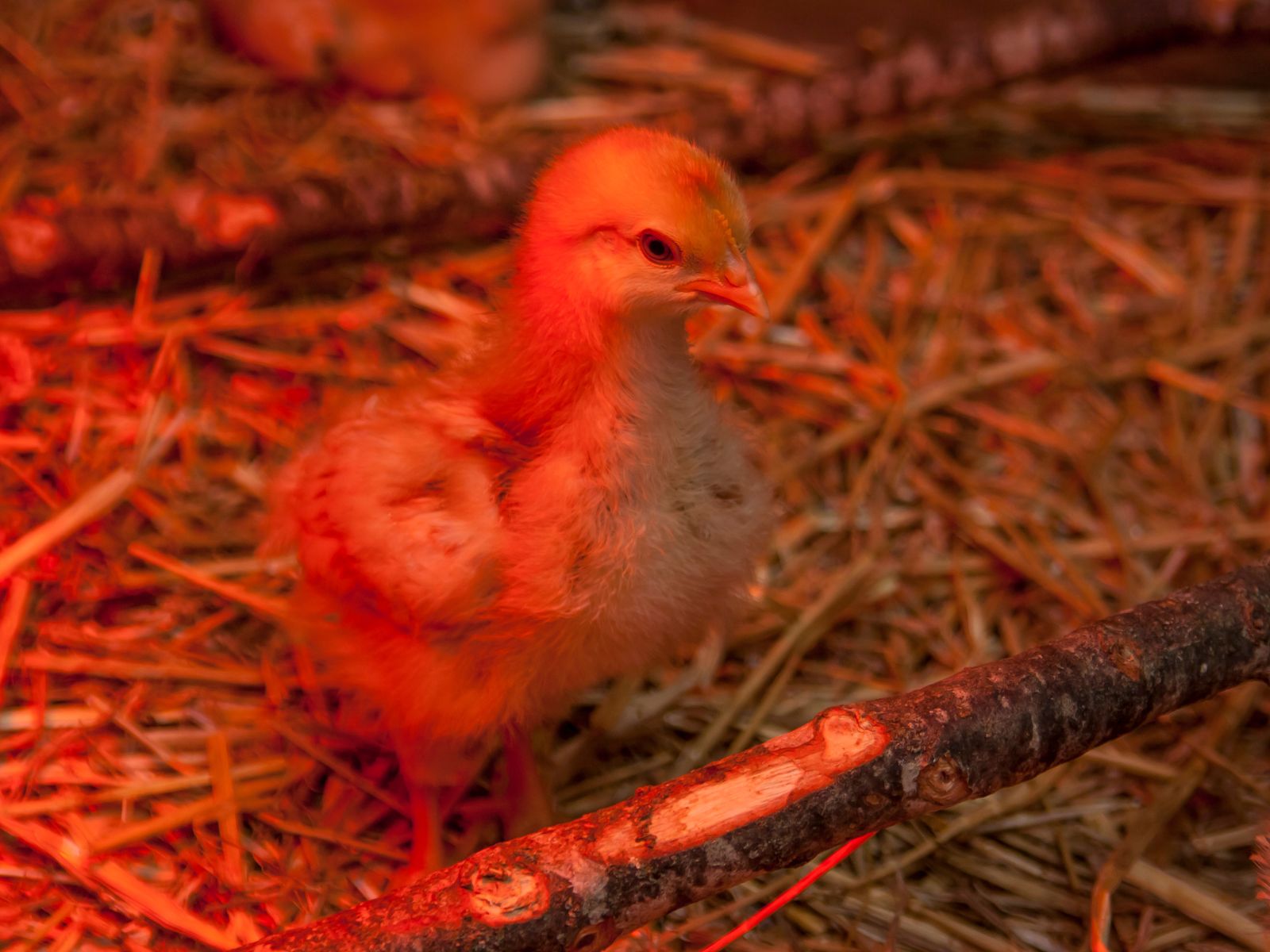
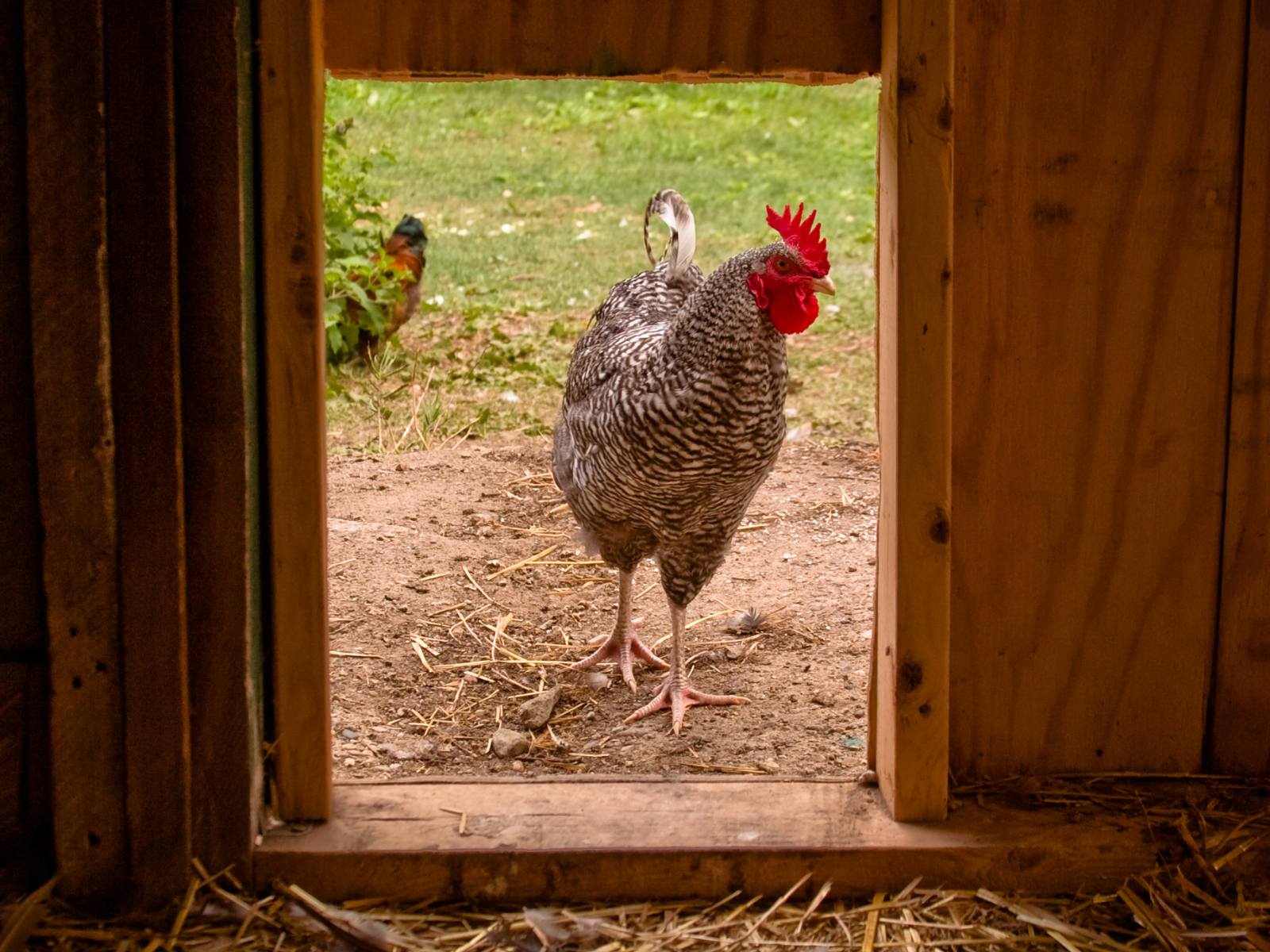 Nighttime Routine
Nighttime Routine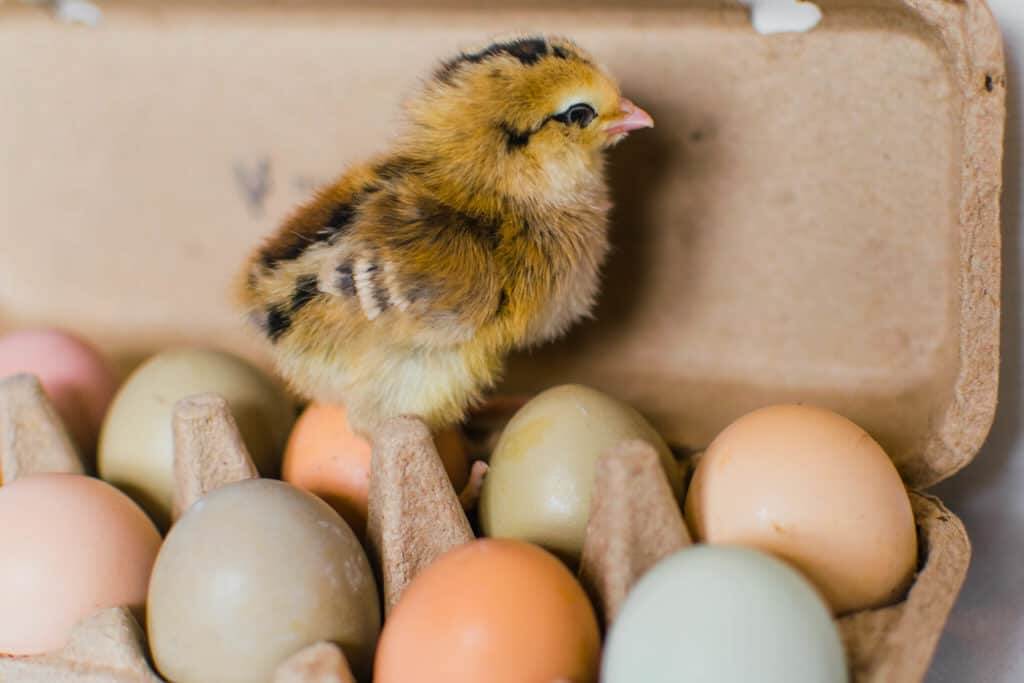 Final Thoughts
Final Thoughts